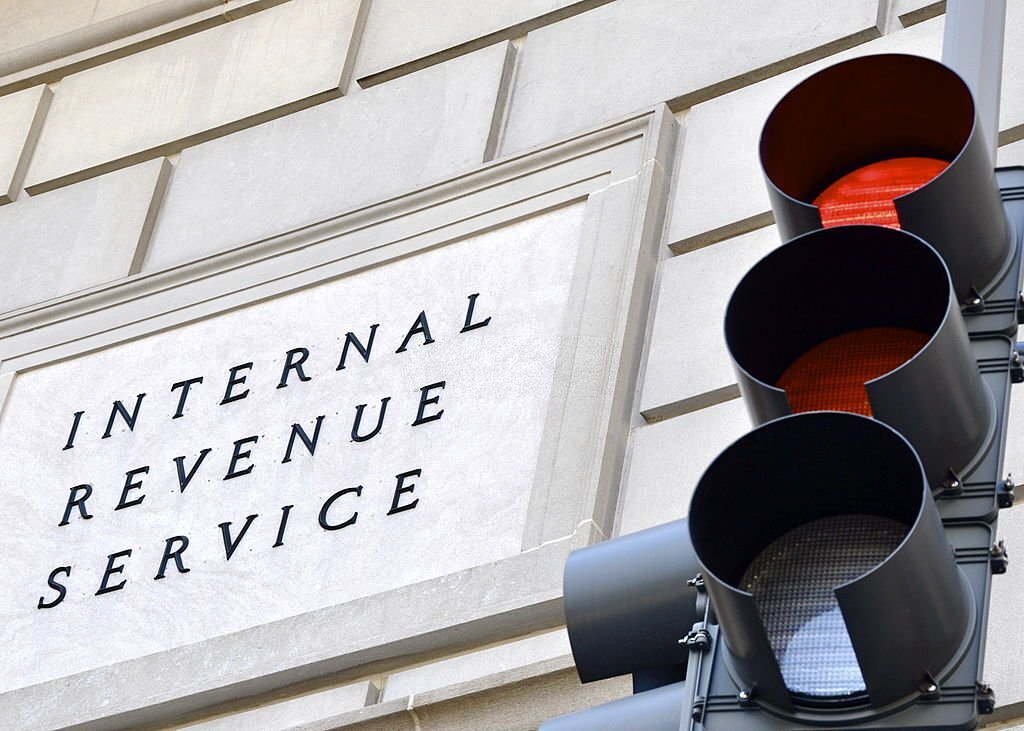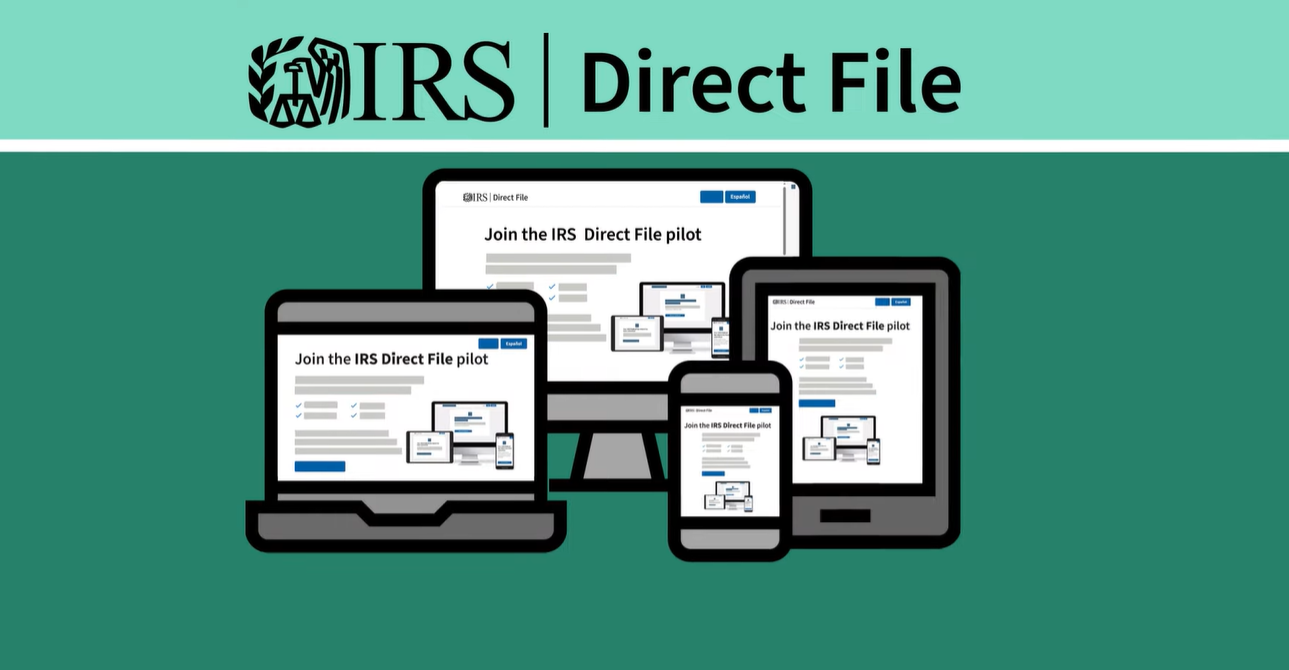Thousands of IRS probationary workers—told to return to their jobs on April 14 after being laid off by the Trump administration in February but reinstated and put on paid administrative leave in March—will remain on leave after two court decisions this week paused plans to bring them back to the office.
An email impacted workers received on Friday, which was seen by CPA Practice Advisor, said, “Based on recent court decisions, efforts to return probationary employees to full-duty status by April 14th have been paused. Unless otherwise instructed, you will remain on administrative leave until further notice. The information sent to you on Tuesday, April 8, 2025, at 9:52 a.m., about Treasury Deferred Resignation Program (TDRP 2.0), Voluntary Separation Incentive Program (VSIP), and Voluntary Early Retirement Application (VERA) remains in effect.”
The IRS has begun implementing a reduction in force (RIF) that will result in staffing cuts across multiple offices and job categories—in accordance with the Trump administration’s plan to reduce the federal workforce—with the tax agency’s Office of Civil Rights and Compliance targeted on April 4. Seventy-five percent of the office, formerly known as the Office of Equity, Diversity and Inclusion, will be reduced by the RIF. About 5% of the office’s employees had already left via taking the Trump administration’s first deferred resignation program offer earlier this year and through attrition.
The RIFs will be done in phases across the IRS. Published reports say the IRS plans to cut as many as 20,000 staffers—between 20% to 25% of the workforce—before year’s end. Employees from the IRS Criminal Investigation unit are exempt from the RIF plans, according to a source.
- Related article: Trump Offers Buyouts to Federal Employees Resisting In-Person Work
- Related article: IRS Employees Who Planned to Take Trump’s Offer to Leave Now Told They Must Stay Through Tax Season
- Related article: Trump Administration Fires 6,700 IRS Employees During Tax Season
- Related article: IRS Probationary Employees Who Were Laid Off Get Reinstated—But Put on Paid Leave
- Related article: Fired IRS Probationary Employees Set to Return to Work April 14
- Related article: IRS Job Cuts Hit Civil Rights Office
- Related article: IRS Workers Get Final Chance to Take Deferred Resignation Offer
- Related article: Supreme Court Halts Lower Court Order to Rehire Probationary Workers at Six Agencies
IRS employees who didn’t accept the administration’s first buyout offer are being given a “second and final” opportunity to take a buyout through DRP 2.0. The second buyout program is being offered to most permanent and term employees, including employees in their probationary or trial periods. Applications for DRP 2.0 are being accepted through April 14, according to an email IRS workers received on April 5 from management.
“This program will mirror the benefits of the first offering including paid administrative leave through September 30, 2025. Employees electing the program will offboard no later than September 30, 2025, unless they choose to offboard sooner,” the April 5 email says.
Treasury employees eligible for deferred resignation can start paid administrative leave as early as April 28, and “generally no later” than June 2, according to the email.
Approximately 75,000 federal workers took the Trump administration’s first buyout offer in January, including approximately 4% to 5% of the IRS’s workforce.
IRS employees who are at least 50 years old with at least 20 years of creditable federal service, or any age with at least 25 years of creditable federal service, are eligible for VERA. Those eligible for VERA after Sept. 30, 2025, but before Dec. 31, 2025, can choose to retire, and those employees’ separation dates will be the earliest date on which they are eligible to retire, last week’s email said.
In addition to VERA, some employees may also be offered the VSIP, which is essentially a buyout. This program allows agencies going through downsizing or restructuring to offer lump-sum payments of up to $25,000 (or an employee’s severance pay amount, whichever is lower) to encourage voluntary retirement or resignation. According to The Tax Adviser, employees accepted for this program must leave no later than May 31. Administrative leave is not available under the VSIP.
In an email to staffers earlier this week, IRS Chief Information Officer Rajiv Uppal encouraged IRS employees to “carefully consider” DRP 2.0. The email, which was posted on Reddit, says:
Team,
As part of our ongoing workforce reshaping efforts, a realignment and/or reduction-in-force (RIF) is being considered that will affect non-technical positions and employees with non-technical backgrounds.
Our workforce planning indicates a significant number of current positions fall outside of critical technical requirements necessary to support our mission. Employees occupying non-technical positions are encouraged to carefully consider the Deferred Resignation Program (DRP), previously communicated, as a voluntary option to mitigate involuntary separations.
VERA and VSIP are also available. Thank you for your continued professionalism during this period of transition.
Court rulings worry, frustrate IRS “probies”
IRS probationary workers are especially on edge. Two court rulings earlier this week basically said the Trump administration can resume firing all “probies” after the courts found that those challenging the dismissals didn’t have standing to sue.
Most recently hired employees the Trump administration fired across government in February were being reinstated back into their jobs after two courts found the terminations were conducted unlawfully.
But on April 9, the U.S. Court of Appeals for the Fourth Circuit paused one of the injunctions that had ordered those rehirings. That followed the U.S. Supreme Court on Tuesday also issuing a stay on a related case that had blocked the firing of 16,000 federal workers.
In those cases, the Fourth Circuit and the Supreme Court found those bringing the suits didn’t have standing to make their challenges. Both cases will still hold hearings on the merits of the claims.
The injunction that was paused on Wednesday applied to employees at 20 agencies who live and work in 19 states or Washington, D.C.
An estimated 6,700 IRS workers, mostly newer probationary employees, were laid off by the Trump administration on Feb. 20.
The Fourth Circuit in its 2-1 majority opinion cited the Supreme Court’s ruling the day before and said the district court that issued the injunction likely didn’t have the jurisdiction to do so.
The states that brought the challenge had argued that a stay would create chaos for their unemployment offices and public benefit systems and allow agencies to “abruptly terminate the employment of thousands of public servants through no fault of their own.” Judge James Bredar for the U.S. District of Maryland had found the Trump administration essentially conducted widespread RIFs without following proper procedure, including to notify states that mass layoffs were forthcoming.
The Trump administration countered that the allegations didn’t merit the “sweeping order” to reinstate employees.
“Every day the injunction remains in place, the government is obligated to continue paying thousands of employees it had previously terminated, with no practical mechanism to recoup those funds if it prevails on appeal,” the administration had said.
The Fourth Circuit said it will hold an expedited schedule to decide on the full merits of the case.
The Supreme Court issued its decision Tuesday in response to a similar case in California, in which District Judge William Alsup said the Office of Personnel Management had unlawfully directed the firings of probationary employees across government. His order applied only to six agencies, though the six employ the majority of those impacted by the firings. The ruling rested on the standing of several nonprofit organizations that alleged being harmed due to the impact on services provided by agencies that had terminated probationary staff.
The high court suggested those groups likely didn’t have adequate standing to sue. It didn’t issue a ruling on the merits of the case, which is now back before the Ninth Circuit Court of Appeals.
Alsup on Wednesday held a hearing to determine whether the American Federation of Government Employees would have standing to sue over the firings. He will issue a decision on that in the coming days.
Many IRS probationary workers are worried they’ll be laid off again as part of the agency’s RIF plans because of the two courts’ rulings.
“I just hope they give me the DRP and just let me live my life,” one person said Friday on Reddit.
“No reason to not jump on DRP 2.0 at this point,” another person wrote. “The chance of surviving RIF was slim and it won’t be each unit to decide keeping probationary employees or not. We are probably one email away from Secretary of Treasury to be fired all again.”
With Tribune News Service
Thanks for reading CPA Practice Advisor!
Subscribe Already registered? Log In
Need more information? Read the FAQs




